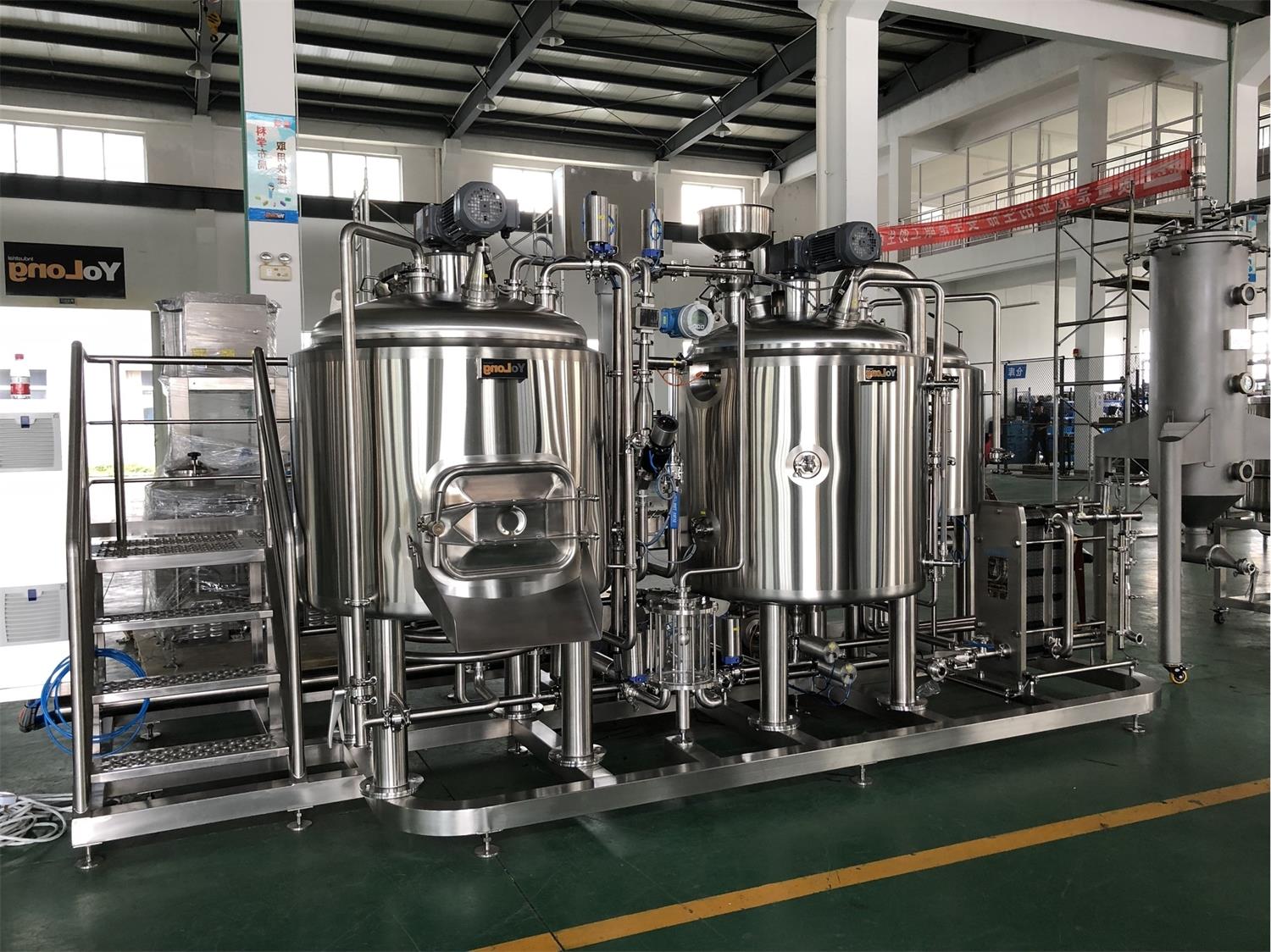How to Choose Right Brewery Equipment
Overview of Brewery Equipment
Brewery equipment is the backbone of any brewing operation. It’s what transforms water, malt, hops, and yeast into the delicious beer we all love. But not all equipment is created equal. The right setup can make the difference between a mediocre brew and a award-winning pint. Whether you’re brewing in your garage or setting up a commercial operation, understanding the essentials is key.
At its core, brewery equipment includes everything from mash tuns and fermenters to kegs and bottling lines. Each piece plays a specific role in the brewing process, and choosing the right ones can feel overwhelming.
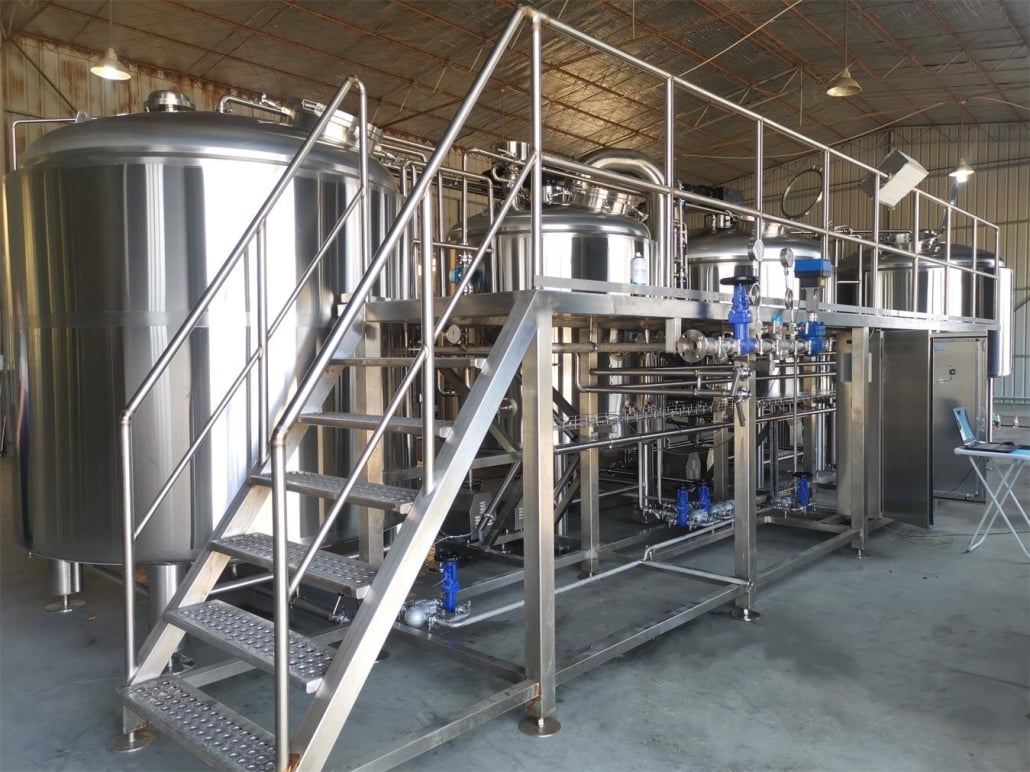
Types of Brewery Equipment
When it comes to brewery equipment, there’s a lot to unpack. Let’s start with the basics:
1. Mash Tuns and Lauter Tuns
These are where the magic begins. Mash tuns are used to mix crushed grains with hot water, creating a sugary liquid called wort. Lauter tuns, on the other hand, separate the wort from the grain husks. Think of them as the “prep cooks” of the brewing world—they set the stage for everything that follows.
2. Boil Kettles
Once the wort is ready, it’s transferred to boil kettles. Here, it’s boiled and hops are added for flavor and aroma. Boil kettles come in various sizes, so you’ll need to choose one that matches your brewing volume.
3. Fermenters
Fermenters are where the yeast works its magic, converting sugars into alcohol and carbon dioxide. These can be open or closed, depending on the type of beer you’re making. Stainless steel fermenters are popular for their durability and ease of cleaning.
4. Bright Tanks
After fermentation, beer is transferred to bright tanks for conditioning and carbonation. These tanks are like the “finishing school” for beer, ensuring it’s crisp and ready to drink.
5. Cooling Systems
Temperature control is critical in brewing. Cooling systems, like glycol chillers, help maintain the right temperature during fermentation and storage.
6. Kegs and Bottling Lines
How to Choose the Best Brewery Equipment
Choosing the right brewery equipment can feel like navigating a maze. Here are some tips to help you make the best decision:
1. Determine Your Brewing Volume
Are you brewing for personal use or planning to go commercial? The size of your operation will dictate the scale of equipment you need. For example, a 5-gallon homebrew setup won’t cut it for a microbrewery.
2. Consider Your Budget
Brewery equipment can range from a few hundred dollars to tens of thousands. Set a budget and stick to it, but remember—quality matters. Cheap equipment might save you money upfront, but it could cost you more in repairs and replacements down the line.
3. Think About Space
Brewing equipment can take up a lot of room. Make sure you have enough space for everything, from fermenters to storage tanks.
4. Prioritize Quality and Durability
Look for equipment made from high-quality materials like stainless steel. It might cost more, but it’ll last longer and perform better.
5. Research Brands and Reviews
Not all brands are created equal. Do your homework and read reviews from other brewers. A brand with a solid reputation is usually a safe bet.
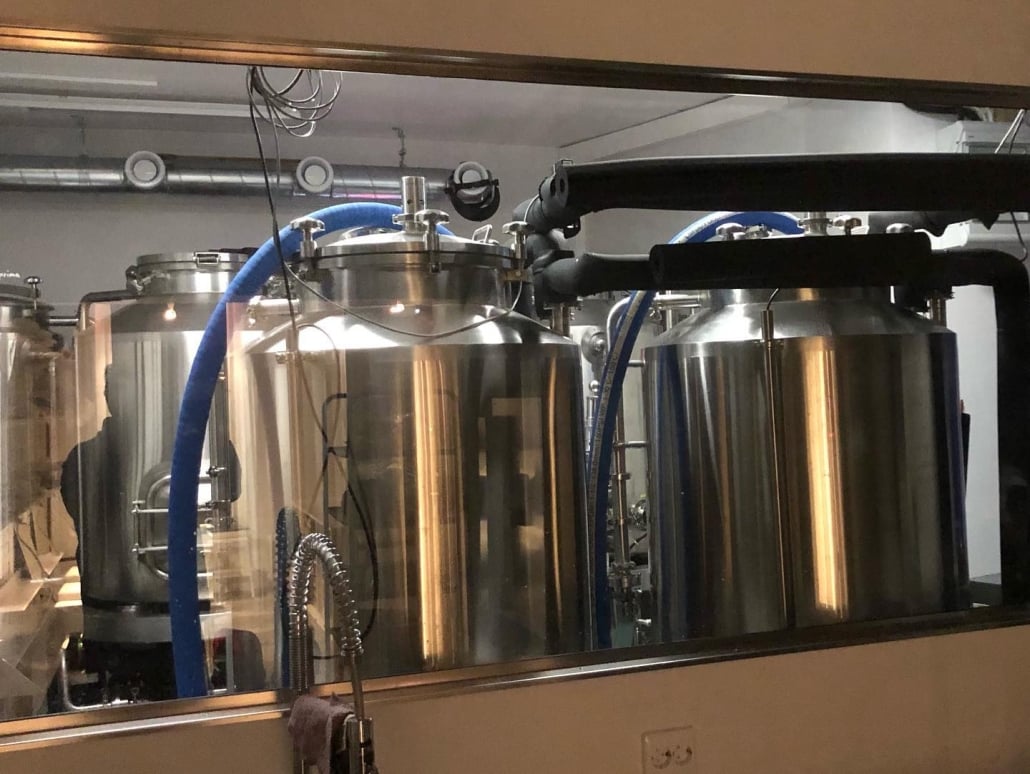
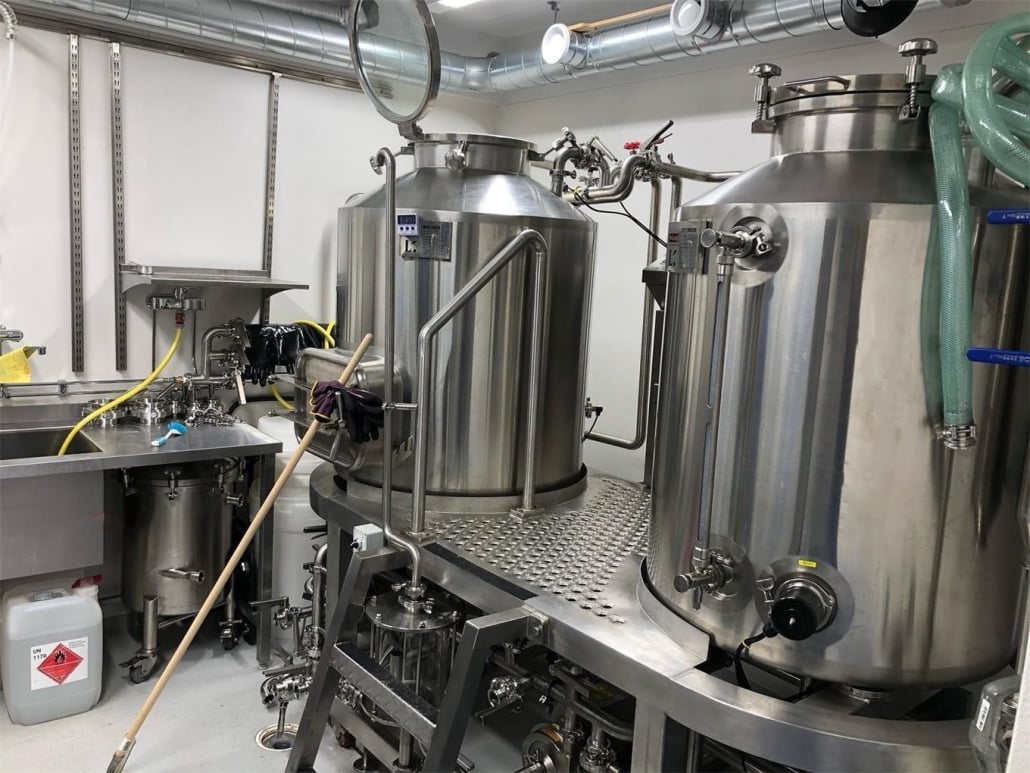
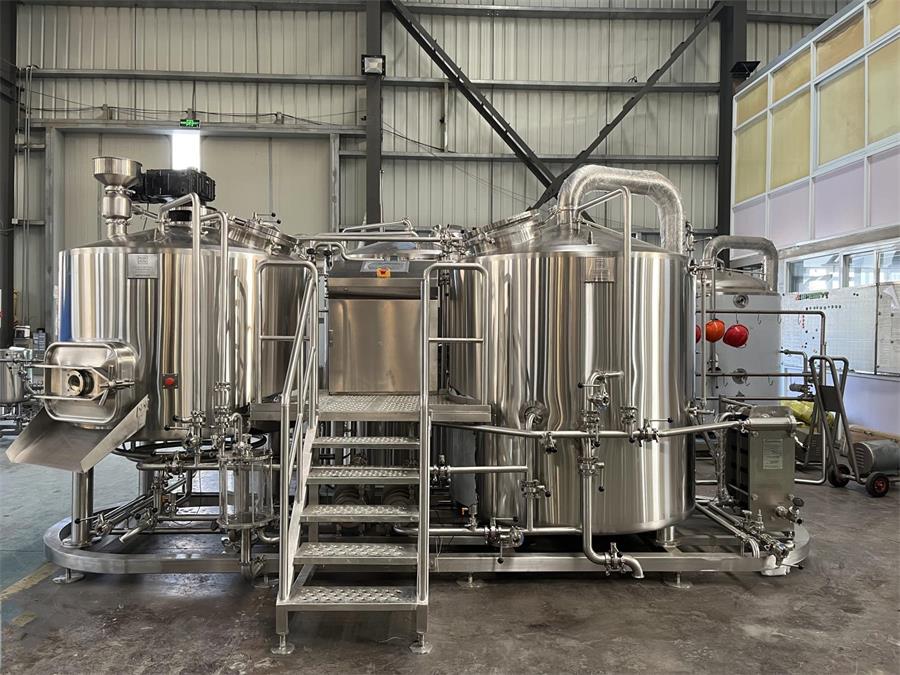
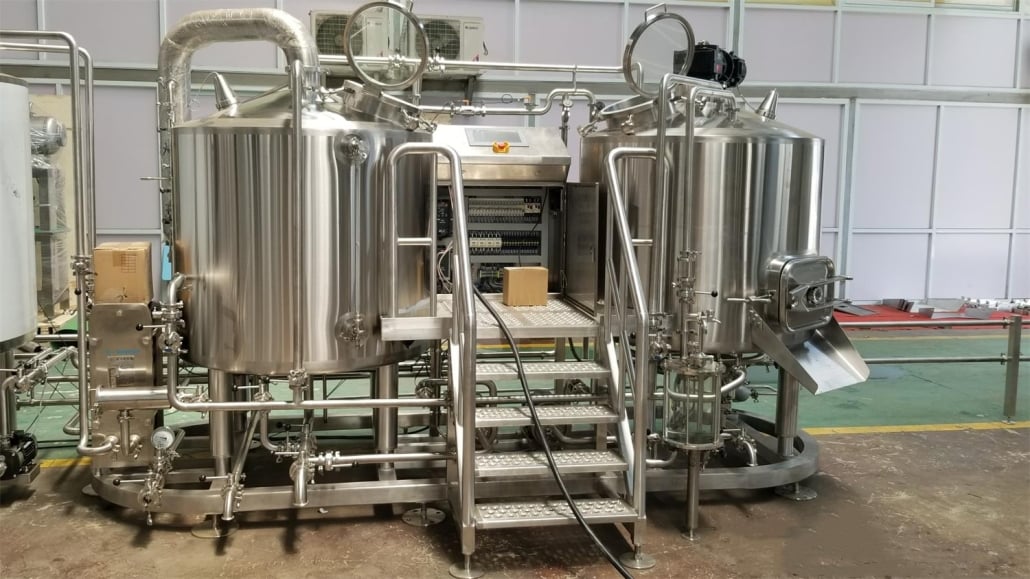
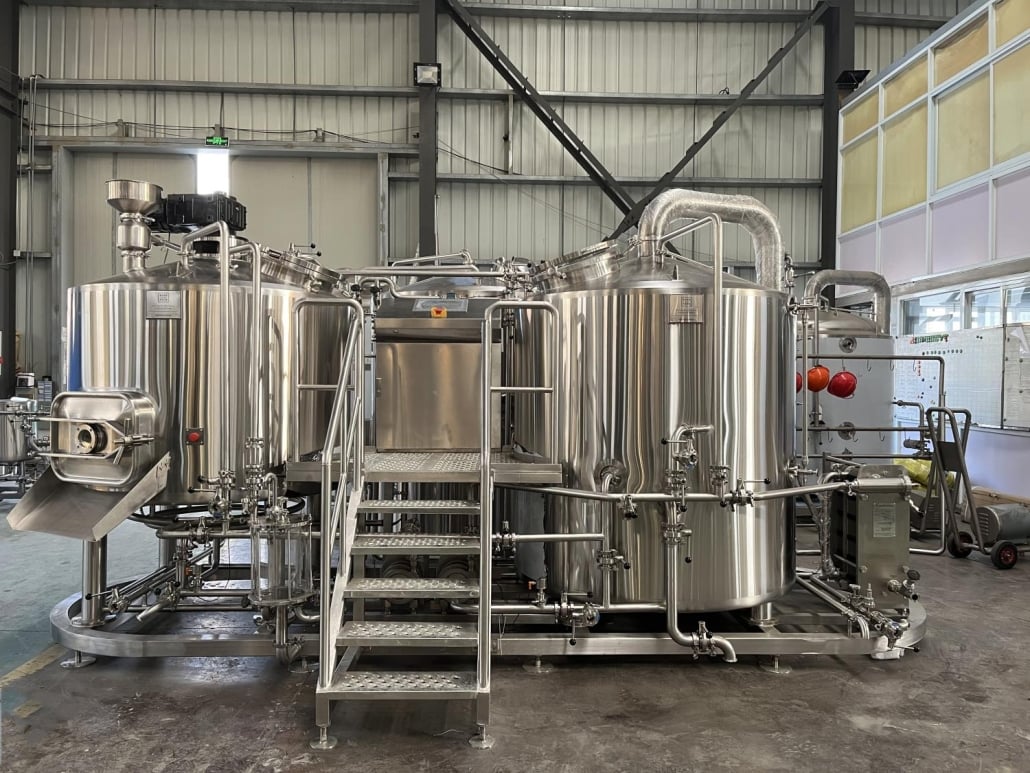
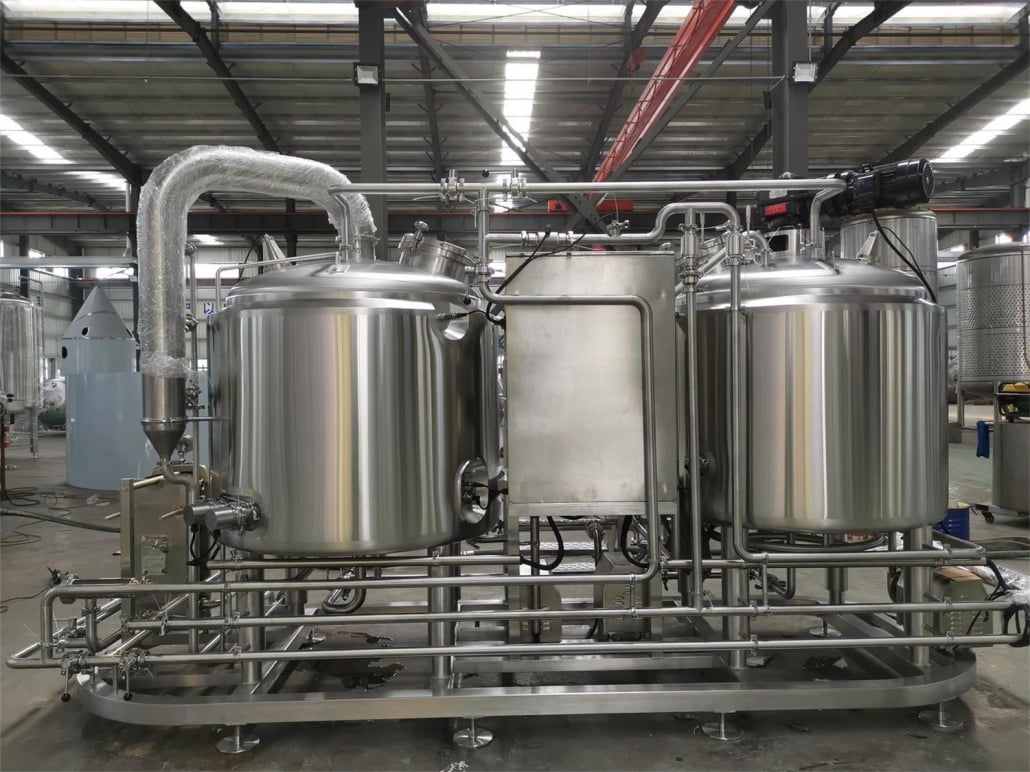
Top Brewery Equipment Brands
When it comes to brewery equipment, some brands stand out from the crowd. Here are a few of the best:
| Brand | Specialty | Why Choose Them? |
|---|---|---|
| Blichmann | Homebrewing and small-scale systems | Known for innovative designs and high-quality materials. |
| Ss Brewtech | Stainless steel fermenters and accessories | Durable, easy to clean, and perfect for both homebrewers and small breweries. |
| Spike Brewing | Customizable brewing systems | Offers flexibility and scalability for growing breweries. |
| Portland Kettle Works | Custom kettles and tanks | Handcrafted in the USA with a focus on precision and quality. |
| GW Kent | Commercial brewing equipment | A trusted name in the industry, offering everything from mash tuns to bottling lines. |
Where to Buy Brewery Equipment
Finding the right supplier is just as important as choosing the right equipment. Here’s a quick guide to where you can buy brewery equipment:
| Supplier | What They Offer | Best For |
|---|---|---|
| MoreBeer | Homebrewing kits, fermenters, and accessories | Homebrewers |
| Northern Brewer | Starter kits, ingredients, and small-scale equipment | Beginners |
| ProBrew | Commercial brewing systems and packaging equipment | Microbreweries and large-scale operations |
| Brewery Equipment | Custom-built systems and tanks | Custom setups |
| Amazon | A wide range of equipment and accessories | Convenience and variety |
How to Clean and Disinfect Brewery Equipment
Cleaning and disinfecting your brewery equipment is non-negotiable. Dirty equipment can lead to off-flavors and contamination, ruining your hard work. Here’s how to keep everything spotless:
- Rinse Immediately After Use: Don’t let residue dry on your equipment. Rinse it as soon as you’re done brewing.
- Use a Brewery-Safe Cleaner: Avoid harsh chemicals that can damage your equipment or leave behind harmful residues.
- Sanitize Thoroughly: Use a no-rinse sanitizer to kill any remaining bacteria or yeast.
- Inspect Regularly: Check for scratches or cracks where bacteria can hide.
Troubleshooting Brewery Equipment
Even the best equipment can run into issues. Here are some common problems and how to fix them:
| Issue | Possible Cause | Solution |
|---|---|---|
| Leaking Fermenter | Loose fittings or damaged seals | Tighten fittings or replace seals. |
| Inconsistent Temperatures | Faulty cooling system or thermometer | Check and calibrate your thermometer; inspect cooling systems for issues. |
| Cloudy Beer | Poor filtration or incomplete fermentation | Ensure proper filtration and give fermentation more time. |
| Off-Flavors | Contamination or improper cleaning | Deep clean and sanitize all equipment. |
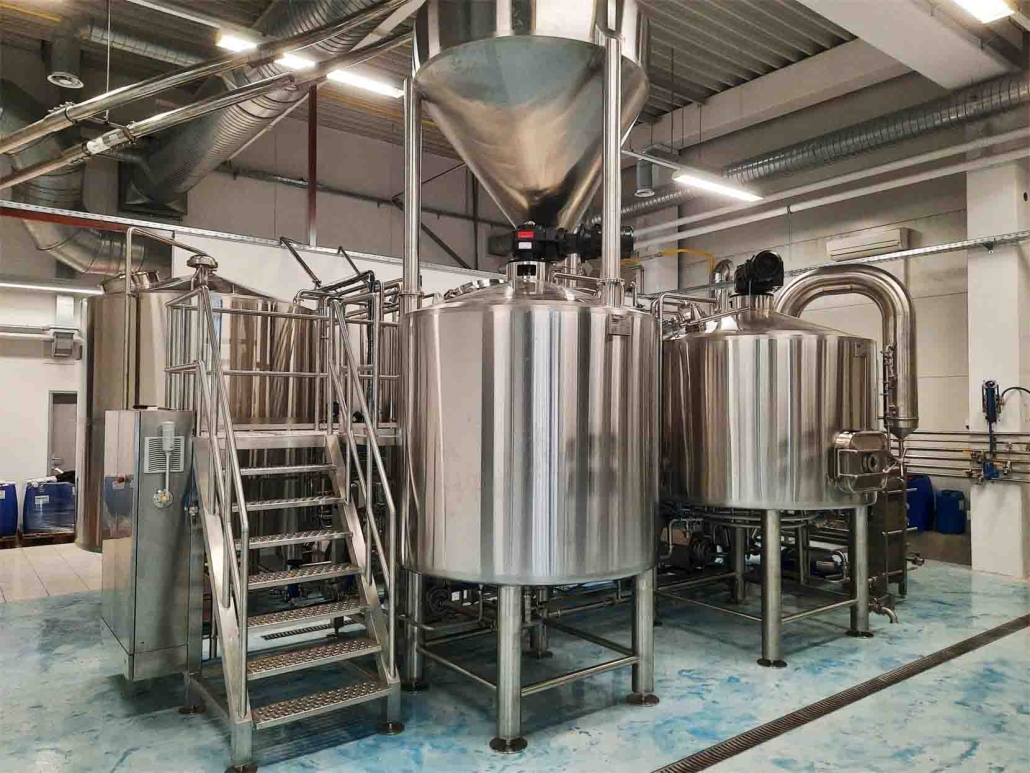
FAQ
Q: What’s the most important piece of brewery equipment?
A: It’s hard to pick just one, but fermenters are crucial. Without proper fermentation, you won’t get beer!
Q: Can I use homemade equipment for brewing?
A: While it’s possible, it’s not recommended. Homemade equipment can be inconsistent and may not meet safety standards.
Q: How much does brewery equipment cost?
A: It varies widely. A basic homebrew setup can cost a few hundred dollars, while a commercial system can run into the hundreds of thousands.
Q: How often should I clean my equipment?
A: After every use! Cleanliness is key to making great beer.
Share this entry
Interested in learning more about Brewing Systems including additional details and pricing information? Please use the form below to contact us!
YOLONG BREWERY EQUIPMENT FAQS
- Commercial Brewery / Craft Brewery / Microbrewery / Nanobrewery
- What is The Difference Between Craft Beer and Industrial Beer?
- The Bespoke Differences In Custom Brewing Systems
- Everything You Need to Know About Kettle Souring
- How to Choose Brewing Equipment for Your business?
- How To Choose The-Best Partner To Build Your Commercial Microbrewing System?
- Two Detection Sensors That You Need To Use In Your Brewhouse System
- Remote Control Applications in Brewing Equipment/How does it work?
- How To Clean Your Brand New Brewery Tanks?

